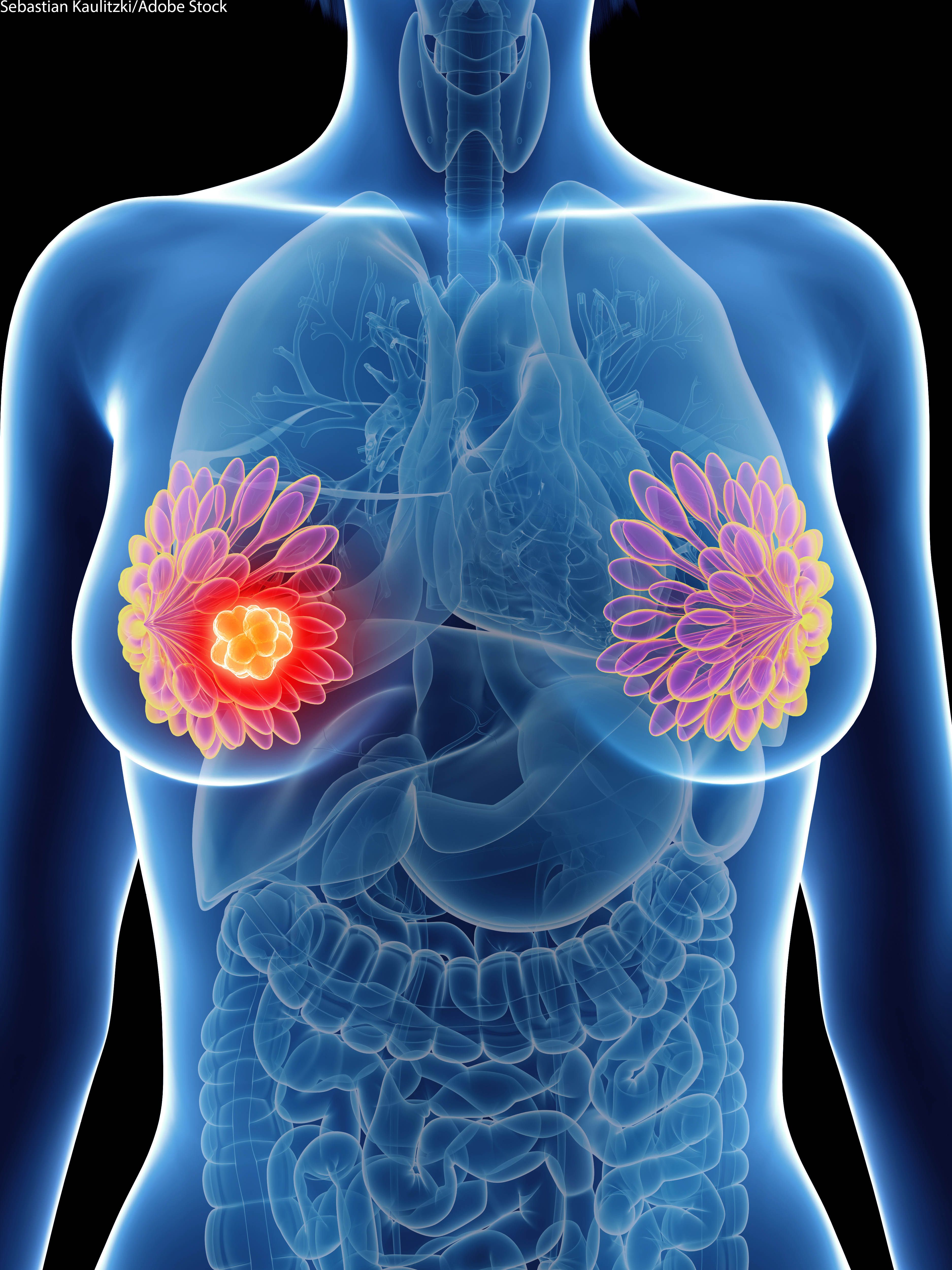Post-BI-RADS 3 Mammogram Identifies Invasive Cancers
Existing protocol to re-assess women after six months is appropriate; imaging can identify cancers that have spread to lymph nodes.

Women whose mammograms pick up lesions that are likely benign should still receive follow-up imaging after six months, say researchers in a study out today.
An article published in Radiology offers clarity around the debate over when to bring these women back in for additional assessments. Current practice has been to re-image after six months, but, to date, the time frame has been controversial with many in the industry contending the chance of identifying a malignancy before a year has passed is too low to warrant the added exposure.
Instead, this paper, from a team led by Wendie A. Berg, M.D., Ph.D., breast cancer researcher at the University of Pittsburgh School of Medicine and radiology professor at the University of Pittsburgh Medical Center-Magee-Womens Hospital, determined that women who fall into BI-RADS Category 3 can still develop aggressive breast cancers. And, picking them up via follow-up mammography can kick-start life-saving treatment.
“These findings really did reinforce that we should be seeing these patients with mammographic BI-RADS 3 after six months,” Berg told Diagnostic Imaging. “We verified that, indeed, there are more cases of ductal carcinoma in situ (DCIS) among cancers in those patients. But, there are also a good number of invasive cancers that show up already.”
A BI-RADS 3 assessment means a detected lesion could be one of a few specific findings that have less than a 2-percent likelihood of being cancerous and that it’s unlikely to spread before any additional imaging is conducted. Berg’s team endeavored to identify whether there was any benefit to six-month follow-up evaluations.
To make that determination, the team looked at six-month, 12-month, and 24-month outcomes from 43,628 women from more than 470 facilities over a 10-year period who had received a BI-RADS 3 assessment. These women had no personal history of breast cancer, and they had either had a biopsy or two-year imaging follow-up.
According to the results, based on the follow-up mammography, 810 women with BI-RADS 3 scores (1.9 percent of the group) were diagnosed with a new breast cancer. The cumulative cancer yields at six months, 12 months, and 24 months were 1.07 percent, 1.6 percent, and 1.86 percent, respectively. Roughly one-third of the cancers identified were DCIS, but 12 percent were invasive cancers that were diagnosed at the six-month mark. These cancers had spread to the lymph nodes.
It’s important to note, Berg explained, that more than half – 57.8 percent – of the identified malignancies were picked up at or before the six-month follow-up.
“There was a substantial yield of cancer at the six-month follow-up,” she said. “Those were far different results than what we’ve seen with screening ultrasound. So, it really does reinforce that we should be seeing these patients at six months after mammographic BI-RADS 3.”
These malignancy rates exceeded what was identified in women with BI-RADS 1 and BI-RADS 2, she said, further underscoring the need for shorter-term follow up. And, rather than change practice, Berg said, these results should bolster provider confidence that they are rendering the highest level of care by bringing women back in for follow-up imaging.
“I think both patients and radiologists should be reassured and comfortable in following the guidance that’s been out there now based on our results,” she said. “We now have excellent proof that six-month follow up is valid. It works, it’s safe, it’s good for patients, and it avoids unnecessary biopsies.”
Ultimately, Berg said, it is critical to explain to patients that a six-month follow-up is not the same as their regular screening mammogram if a lesion has been detected. This type of imaging must be treated differently.
“The really important thing is to make sure the patient understands the need for this six-month follow-up. It’s not okay to skip it and wait until a year,” she said. “If it’s a mammographic finding, you need to have a conversation with the patient that, even though there’s a less than 2-percent chance of it being cancer, that doesn’t mean you see her in a year for another screening. That’s not the right thing to do, and we need to emphasize that and get the message out.”
AI-Initiated Recalls After Screening Mammography Demonstrate Higher PPV for Breast Cancer
March 18th 2025While recalls initiated by one of two reviewing radiologists after screening mammography were nearly 10 percent higher than recalls initiated by an AI software, the AI-initiated recalls had an 85 percent higher positive predictive value for breast cancer, according to a new study.
ECR Mammography Study: Pre-Op CEM Detects 34 Percent More Multifocal Masses than Mammography
February 28th 2025In addition to contrast-enhanced mammography (CEM) demonstrating over a 90 percent detection rate for multifocal masses, researchers found that no significant difference between histological measurements and CEM, according to study findings presented at the European Congress of Radiology.
Study: Mammography AI Leads to 29 Percent Increase in Breast Cancer Detection
February 5th 2025Use of the mammography AI software had a nearly equivalent false positive rate as unassisted radiologist interpretation and resulted in a 44 percent reduction in screen reading workload, according to findings from a randomized controlled trial involving over 105,000 women.